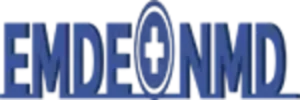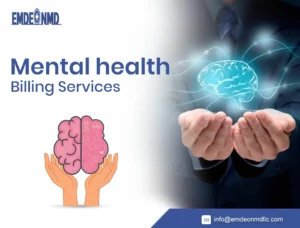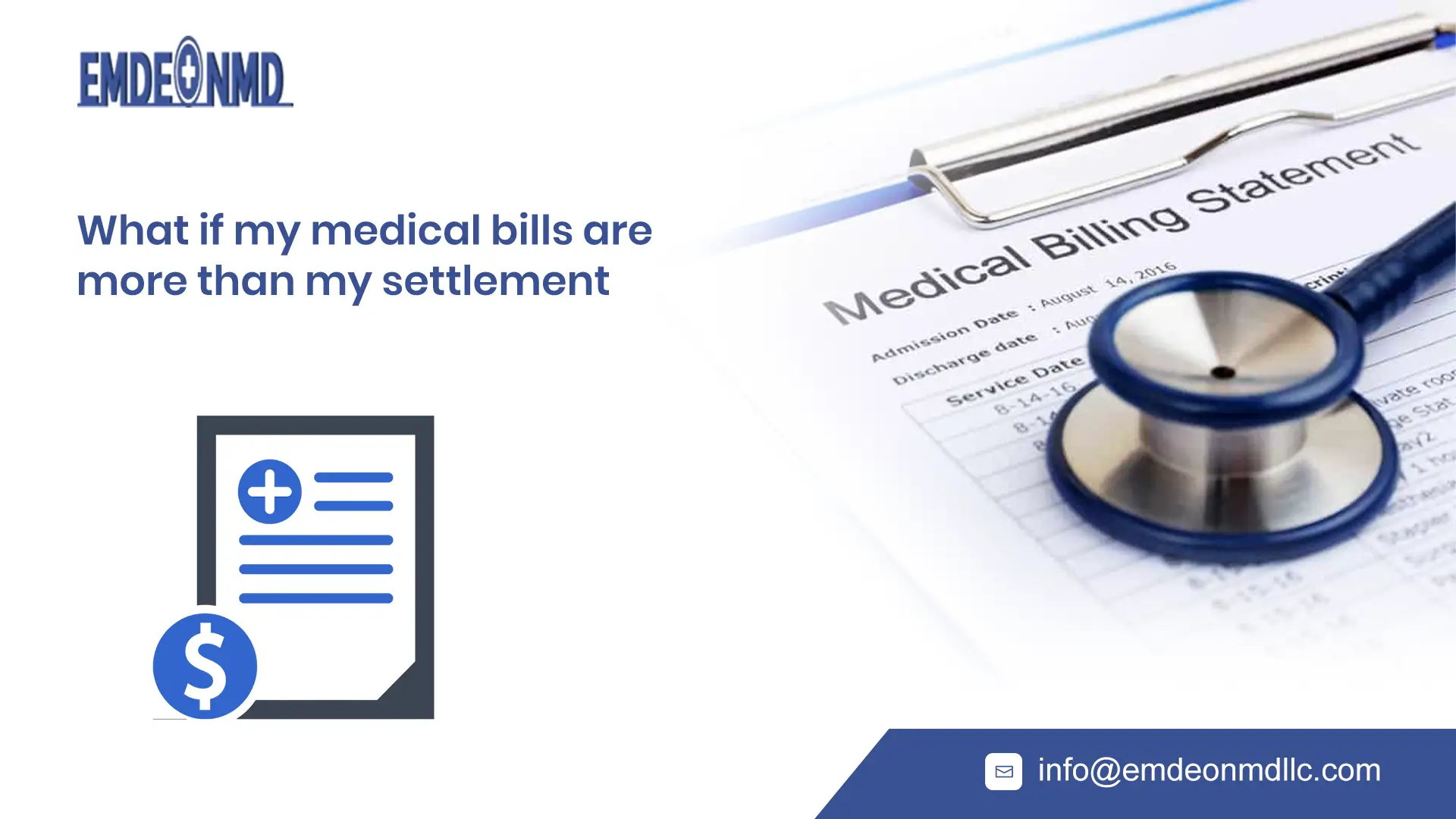Introduction
In the complex world of medical billing, understanding acronyms and technical terms is crucial for efficiency and accuracy. One such essential term is ERA, short for Electronic Remittance Advice. This blog post will explore what ERA is, how it works, its key components, and why it’s indispensable in the medical billing process. Whether you’re a healthcare professional, medical biller, or practice manager, understanding ERA can significantly streamline your billing operations and improve financial outcomes.
What is ERA?
ERA, or Electronic Remittance Advice, is an electronic document that provides detailed information about payment transactions in the healthcare industry. Unlike traditional paper-based explanations of benefits (EOBs), ERAs are transmitted digitally, offering a faster and more efficient way to manage payment information. The role of ERA in the healthcare claims process is to facilitate the quick and accurate posting of payments, making it easier to reconcile patient accounts and manage cash flow.
How ERA Works
Steps Involved in ERA Generation and Transmission
The process of generating and transmitting an ERA begins when a healthcare provider submits a claim to an insurance payer. Once the claim is processed and adjudicated, the payer generates an ERA, detailing how the payment was determined. This ERA is then transmitted electronically to the provider’s billing system.
Receiving and Processing ERA Payments
Upon receipt, the medical practice’s billing software imports the ERA file, automatically applying payments to the corresponding patient accounts. This automation reduces the likelihood of human error and expedites the payment posting process.
Benefits of Using ERA for Payment Posting
Using ERA for payment posting offers numerous benefits, including faster turnaround times, reduced administrative workload, and improved accuracy in payment reconciliation. By automating these processes, medical practices can focus more on patient care and less on manual billing tasks.
Key Components of ERA
Essential Elements of an ERA
An ERA contains several critical elements that provide a comprehensive view of the payment transaction. These include payment amounts, claim adjustment reason codes (CARCs), and remittance advice remark codes (RARCs).
Significance of Each Component
Each component plays a vital role in explaining the payment details. For instance, CARCs indicate why certain amounts were adjusted, while RARCs provide additional context or instructions related to the payment.
Use in Claim Adjudication and Payment
These elements collectively aid in the claim adjudication process by offering a transparent breakdown of how payments are calculated. This transparency helps healthcare providers understand the reasons behind payment adjustments and take corrective actions if necessary.
Benefits of Using ERA
Advantages for Medical Practices
For medical practices, the advantages of using ERA are manifold. ERAs streamline the payment posting process, allowing for quicker payment reconciliation and reducing administrative efforts.
Improving Efficiency and Accuracy in Billing
By automating the payment posting process, ERAs eliminate manual data entry errors, thereby improving the overall accuracy of billing operations. This accuracy ensures that patient accounts are correctly updated, reducing the likelihood of billing disputes.
Potential Financial Benefits
From a financial perspective, the faster turnaround time for payment postings translates to improved cash flow. Additionally, the reduced administrative burden means that staff can focus on other revenue-generating activities, further enhancing the practice’s financial health.
Challenges and Considerations
Potential Challenges with ERA
Despite its numerous benefits, there are potential challenges associated with ERA. These include compatibility issues with existing billing software and the need for staff training to effectively manage ERA files.
Strategies for Overcoming Challenges
To overcome these challenges, practices should ensure that their billing software is compatible with ERA formats and invest in ongoing staff training. Staying updated with industry standards and best practices can also mitigate these challenges.
Tips for Accurate and Timely ERA Processing
Ensuring accurate and timely ERA processing requires regular monitoring of incoming ERAs and prompt resolution of any discrepancies. Practices should establish clear protocols for managing ERAs to maintain consistency and accuracy.
Conclusion
Understanding ERA is crucial for anyone involved in medical billing. Its role in streamlining payment posting, improving billing accuracy, and enhancing financial outcomes cannot be overstated. By fully leveraging ERA, healthcare professionals can transform their billing operations, ensuring a more efficient and effective process. For those looking to deepen their knowledge, numerous resources and training programs are available to help you master the intricacies of ERA in medical billing.
Explore further resources to enhance your skills and stay ahead in the fast-evolving field of medical billing.











